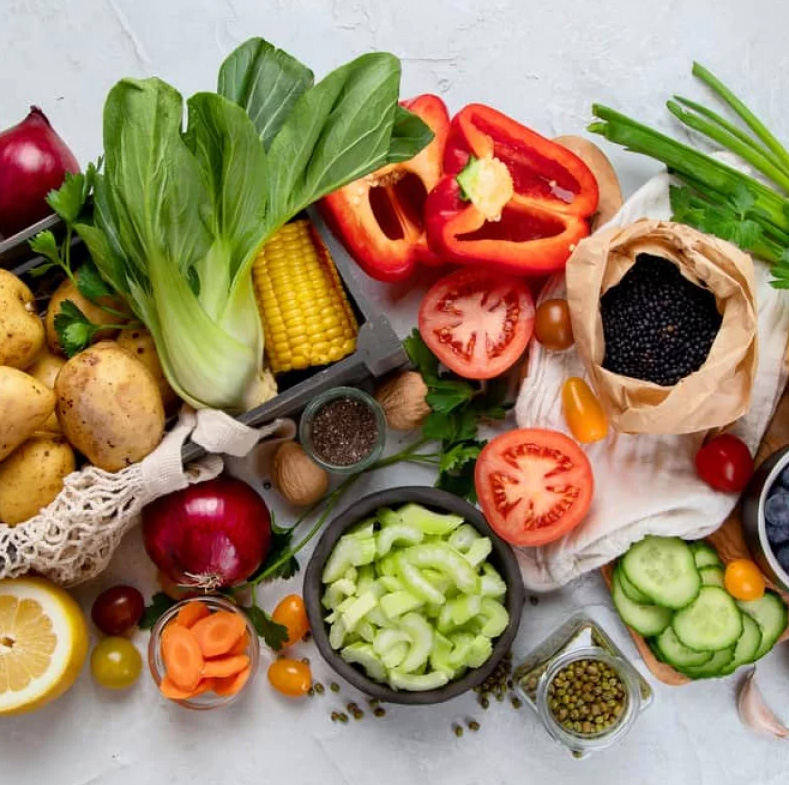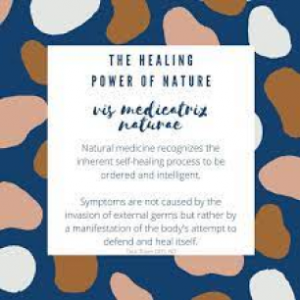They say that modern fruit has no vitamin C, meat is low in amino acids and greens are full of nitrates. But that’s not quite true. There are some rules on how to get the most out of your food: it will help you create the most balanced menu possible.
- Choose farmer’s produce: it a priori contains fewer aggressive substances and is more carefully grown.
- Soak leafy greens, vegetables, fruit, legumes and cereals in citric acid, vinegar and baking soda to remove phytic acid (which prevents the absorption of trace elements) and nitrates.
- Buy only seasonal – no strawberries in December and radishes in June: eating in season will give maximum nutrients and seasonal foods are richer in vitamins and micronutrients.
- Use as varied a list of foods in your diet as possible – by-products, berries, fats, spices, herbs.

Where to look for autumn vitamins?
Fat-soluble vitamins are some of the most important in autumn. Vitamins A, D, E and K support the health of mucous membranes, our natural barrier against infections, and are essential for proper immune response and protection against bacteria and viruses.
Food sources of vitamin A are usually animal products, from which retinol is best absorbed.
What foods to add to the diet?
Chicken liver (one of the richest!), cod liver, egg yolk (and their vitamin A content rises in summer, physiologically decreases in winter), red caviar, whole milk hard cheeses.
From vegetables, we can absorb vitamin A in the form of beta-carotene, and usually not too much. Beta-carotene is abundant in red-orange-yellow foods -butter, carrots, sweet peppers, apricots, sea buckthorn, persimmon, but also in parsley, celery, green onions, rose hips.
Vitamin D is not so much a vitamin as a prohormone – all the cells of the body have receptors for it, and the immune system depends to a large extent on its intake.
The most vitamin D can be obtained from the liver of deep-sea fish; for example, the liver of halibut contains 100,000 IU per 100 g, with a daily allowance of 2000-5000 IU.
There is also plenty of vitamin D in tuna liver, cod liver, egg yolk, butter and hard cheeses.

Vitamin E is closely related to vitamin A: if there is a deficiency of E, there will always be a deficiency of A! The richest sources of vitamin E would be wheat germ oil, sunflower and olive raw oils, almonds, sea fish, spinach and alfalfa (from which liquid chlorophyll is made).
Finally, important for blood clotting and calcium metabolism, vitamin K, which is always paired with vitamin D, is essential for its proper absorption and is found in quite tasty foods.
Cod, beef and veal, green peas, carrots and parsley, tomatoes and strawberries will easily replenish its daily requirement. But the most vitamin K is in spinach, which is delicious in soups, salads and smoothies.

B vitamins
B vitamins are water-soluble, which means they leave our bodies quite quickly and require constant replenishment.
For example, a refined diet and excessive caffeine leads to a deficiency of thiamine or vitamin B1, without which one loses protein and can even get a serious Beri-Berry disease.
Deficiency of vitamin B3 or pantothenic acid is generally a key ‘crossroads’ of metabolism (elevated cholesterol, hair loss and liver obesity are only some of the diseases of its deficiency).
B12 and B6 are responsible for haemoglobin, B2 is essential for eyesight, choline forms cell membranes, a lack of niacin or B5 leads to pelagra (diarrhoea, dementia, dermatitis).
The highest vitamin B content will be in animal liver: making pâté, stews and roasts with by-products is an excellent way to replenish these important vitamins.
Sunflower seeds, sesame seeds and oat bran have the most vitamin B1. B2 riboflavin is rich in pine nuts (easy to get a daily allowance), almonds, mushrooms. B3 is abundant in royal jelly, eggs, fish, and is found in pink salmon, chanterelles, and lamb’s liver.
Choline can be found in the yolks of all eggs, by-products, cabbage, and unrefined vegetable oils, while B5 is found in lamb, legumes, and buckwheat.
Pyridoxine B6 is found in beans, walnuts, sea buckthorn, tuna and hazelnuts, while vitamin B7 is abundant in chicken shank, peanuts, salmon, broccoli and avocados.
For a daily allowance of vitamin B9, you need to add legumes, meat, mushrooms, especially white ones, pomegranates and grapefruits, and vitamin B12 – red meat, liver, kidneys and fatty fish to your diet.
As you can see, foods with B vitamins are varied and will make for a fairly wide diet.
Where do micronutrients in food come from?
Micronutrients are as important as vitamins. They influence hematopoiesis, immunity, hormone production and the creation of electrical potential in cells.
There is no single most important element, all 64 are important and necessary to maintain health, but it is in micro doses: exceeding them can become toxic to the body.
As a rule, it is unlikely to overdose on copper or cobalt from food, as there are few micronutrients in the food too.
Magnesium, which is important for the heart, the nervous system and the absorption of vitamin D, can be obtained from millet, carrots, wheat bran and oatmeal. However, it should be taken into consideration that there is considerably less magnesium in modern foodstuffs, because the soil and water composition is poor.
Calcium, which is responsible not only for bone strength but also for cell function, is abundant in parsley and any leafy greens, sesame and tahni, chia and almonds, sardines and prawns.
Potassium and sodium are plentiful in Himalayan salt, potassium in bananas, apricots, sultanas, potatoes, iodine in seafood and seaweed, zinc in pumpkin seeds and oil, oysters, by-products, legumes.
Foods rich in iron are particularly important for women, and are found in large quantities, of course, in by-products, dogwood, persimmon, quince, figs, nuts and spinach.
Copper, an important cofactor of iron absorption, can be found in pearl barley, gooseberries, cashews, and selenium, an essential antioxidant, in Brazil nuts.
As you can see, most foods do not overlap, either with fat-soluble vitamins or B vitamins, with the exception of nutrient-rich liver. Using this list, it is possible to make varied diets that include key nutrients and get the most vitamins out of your food.






